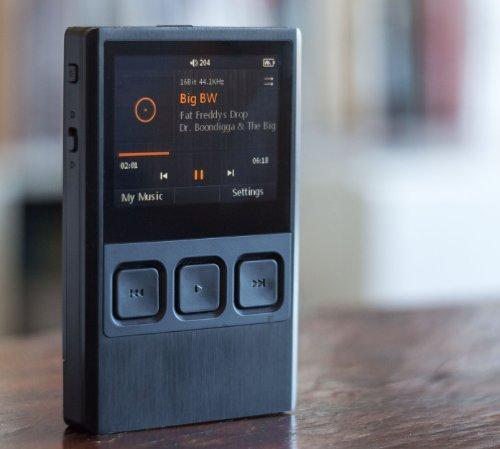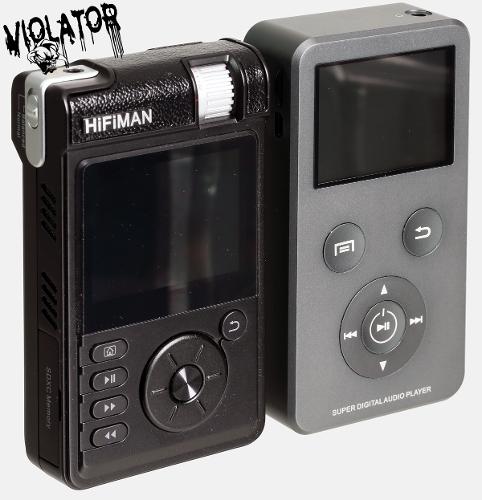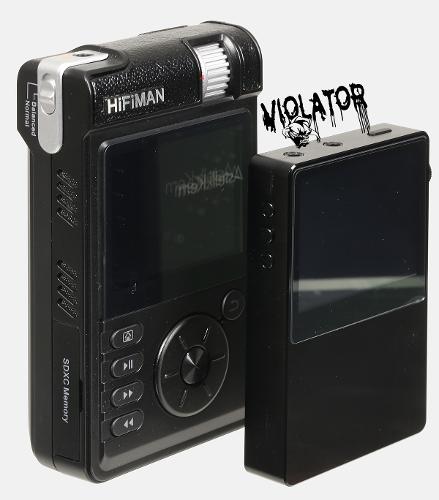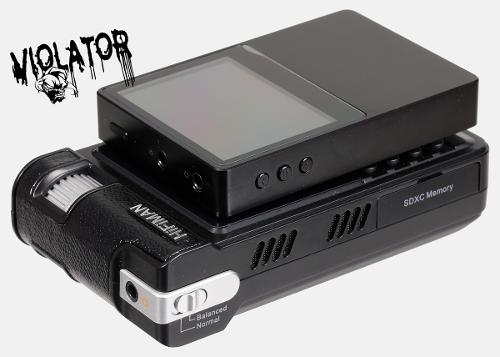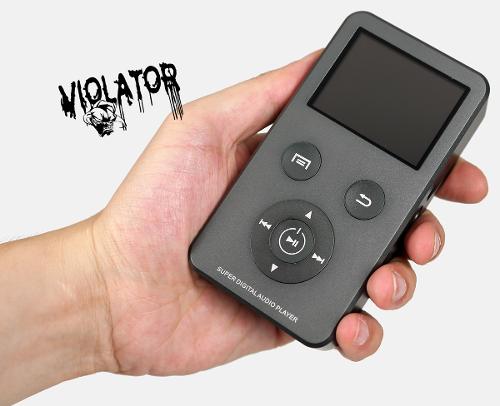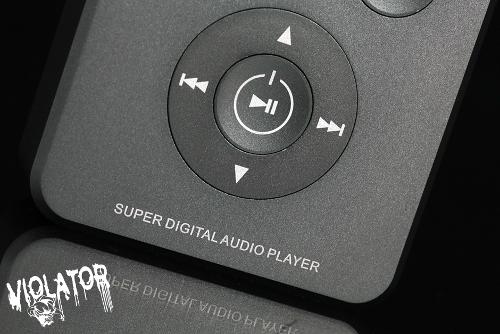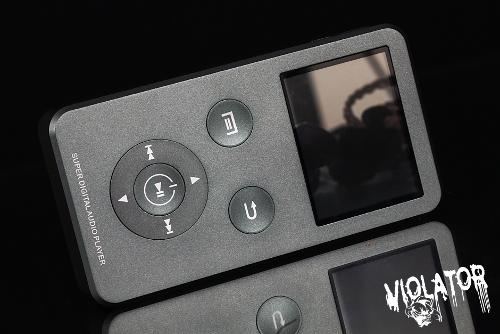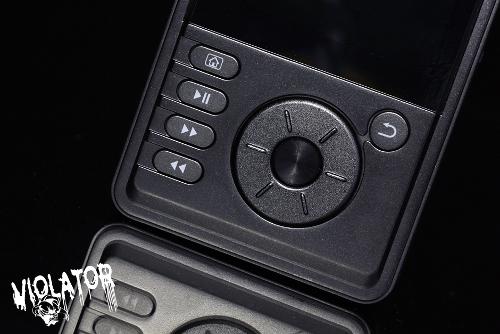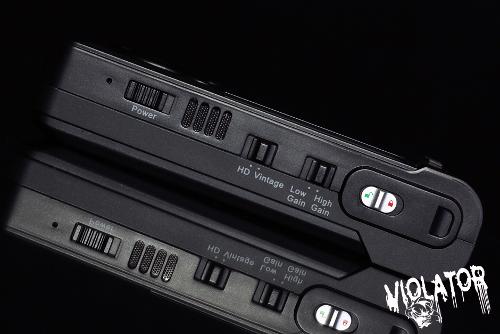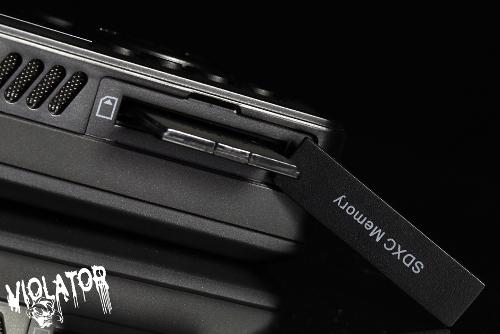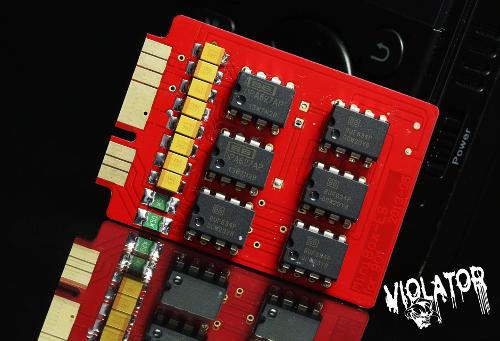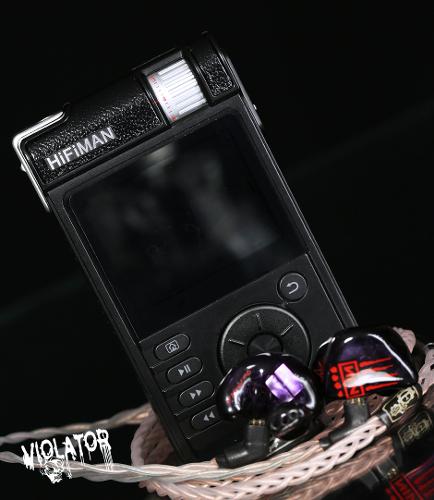Introductory word
They say that once you go black.... yeah. This is quite self-explanatory. And behold, black iFi Audio product emerged. I can only say - finally. Cheers to 'em English folks. Even though I enjoy iFi stuff, I had a pleasure to know said manufacturer's every device out there, silver color doesn't make me pleasantly anxious. Don't get me wrong, it looks OK. It fits where it needs to fit. Though I wondered if we'll see black puppies from iFi, that was my desire number one for a long, long time. And to know that BL version is supposedly better than stock iDSD is yet another reason to be happy. Improvements are usually good in our hobby. And if a company with very extensive know-how is able to further improve its circuitry here and there, the outcome surely is something to look forward to. So we looked forward, waited. And waited. And then waited some more.


My experience with iDSD Micro was very enjoyable overall. In order not to make this story longer than needed (it's long enough), let me just say that for the price, this was and still is IMO a very nice product to have. I believe that it defended itself over time, it held its ground firmly against numerous rivals. Several of my friends own one and are perfectly happy. Yes, they do AMR window shopping, but are happy nonetheless. When I used my iDSD Micro on the go with a laptop, its one feature stood out of the crowd, namely organics. With right tracks and right CIEMs/headphones, this deck had it. This lifelike, rich and musical approach I subjectively enjoy and pay attention to since literally forever.


Original iDSD sound wasn't thin, dull, fuzzy or unpleasant in any way. For the money it was simply right. Chord Hugo elevated this experience to even greater extent, but for a completely different, much higher asking though. When my buddies asked me about a transportable DAC/amp combo they should buy, I suggested to go with iDSD Micro as a complete have-it-all package that'll cover most of their needs. If budget to spend was higher, Hugo was my pick. After many sources auditioned, my all time favorites up to $3'500 were iDSD Micro, Hugo and desktop AURALiC Vega in that logical order exactly, namely from the most affordable to the most pricey.


Years have passed, iDSD is no longer with me and the same story is with Hugo. I'm a home stereo person of heavy calibre these days. But iDSD BL is something I noticed in an instant. One of my friends planned to grab one unit for his own needs anyway. Needless to say, I've exploited his kindness. In short, to evaluate iDSD BL's skills, ENIGMAcoustic Dharma D1000 and HiFiMAN HE-1000 V1 cans were very helpful in writing this piece. Apologies for not being able to compare said English deck to any competition as I currently don't own anything suitable for the job.
Functionality and stuff
Before we'll dive into the sound, a word about fit'n'finish and said product's functionality. iDSD BL is a typical iFi Audio device, nothing much can be said about it as there's been a lot of reviews out there already. That's hardly any surprise at all. In any case, black iDSD Micro looks dandy. Subjectively this color is great, much better than the original. Stealthy impressions, anyone? Yes, please. And the paint job itself is done nicely too, even all across the product's chassis. Orange writings do the trick nicely as well. Perhaps this is just me, but black&orange mix is something that IMO simply works. My only gripe is with our English deck's bottom. Some descriptions visible there are orange, whereas vast majority is black, therefore unreadable while looking directly at the product. This could have been done better. Therefore please iFi, put orange lettering everywhere. The product is durable, every part of its chassis is nicely finished and properly matched. Rubbery knobs look more decently than in the original, namely aren't wobbly at all, but my memory might not serve me well here. 3D and Xbass knobs feel solid and properly clicky. I can't remember how these functions were implemented in the first iDSD Micro. But their input is very audible.


As far as iDSD BL functionalities go, things are as good as they get for the price. This device can be used as an S/PDIF converter which I've exploited in home stereo with ease. FPGA based Audiobyte Hydra-X+ was audibly better in this task (greater resolution, even punchier and organic sound, a bit blacker background and wider imaging), but not by a lot. And Audiobyte's thing was sold for about $800 or so, these days it's in EOL state. Moving on, the ability to bypass iDSD BL's volume control is handy. Just for the sake of this review I've tried this product in standalone and heavy $$$ environment solely as a source and it handled itself in there nicely. Nowhere near my main DACs (LampizatOr Golden Gate, AMR DP-777). Yet to a point where the switch from said sources wasn't painful, which is more than surprising. Volume bypass will be probably very rarely exploited, but it's good that iDSD BL's signal path can be shortened when needed.


iEMatch works as intended, we'll return to this topic down below, for now I can only write that it simply does the job with my Vision Ears VE5. I'm not a huge fan of filtering of any sort, therefore bit-perfect mode is my path with every source out there (LampizatOr excluded for obvious reasons, DSD upsampling is mandatory in this product's case). And during two weeks spent with iDSD BL I have to confess that I've used it as a power bank two times. Not much to say here, it charged my phone no questions asked and literally saved the day.


Some people might be picky about iDSD BL's size and I understand this as its bulky. But once my mate shared it with me, I've always had it with while going to work, to a point where it became a habit. To have it developed in such short time counts for something. And once on the spot, iFi's deck worked with a laptop all day. Needless to say, I got attached to it as quickly as with the original iDSD Micro years back. And I got used to iDSD Bl's size, that's not an issue for me as I don't do smartphone + DAC/amp rubber-strapped on-the-go combos, that's not my thing. Functionality wise, iDSD BL covered all of my needs and in proper, predictable fashion. This kind of a package for this kind of dough I consider as a steal. YMMV, though. In the end, would I change anything in said machine's design/functionality? Orange writing aside, at the moment no, not really. Perhaps over longer time span I'd nitpick something, but not past my two weeks adventure. The loaner turned out to be a perfectly healthy deck. No hiccups, hisses or any other unpleasant surprises happened along the road. And dead silent too.
Sound
Let's move to sound quality. iDSD BL was used solely as a transportable integrated solution as this is its main function. My guess is that vast majority of you out there use that exactly and rarely anything else. Vision Ears VE5 came in as the first order of business. These are sensitive, midrange focused, bass light and wide sounding little devils. What they need is a bit more body and shove downstairs to sound properly. iDSD BL delivered just that and without any resolution loss. Also, this transportable deck doesn't sound sharp at all once burned-in. At least not with highly resolving VE5 CIEMs. These not only sounded clean and very informative, therefore as per usual (...and presumably to iEMatch tech inside iDSD BL), but also properly punchy, with spot-on texturing and imaging as wide as per usual. In short, I couldn't single out one particular element of this listening session that bothered me. Perhaps because of my subjective, not overly analytical and at times forgiving approach. When the overall experience is simply enjoyable for me, I'm not into pigeonholing. And that was the case with iDSD BL and VE5 combo. It was pleasant and highly synergistic, simple as that. Come to think of it, Lotoo PAW Gold provided me with even more lifelike experience a while back, yet for what iDSD BL is, it turned out great with said German CIEMs. A word about Xbass trickery is in order, though. With VE5 this works like a charm. In short, Xbass pumps up both the lowest and above departments in said CIEMs in a particularly great fashion, yet at no cost at all. I can't say the same thing with D1000, these cans subjectively don't need it. But VE5? Holy cow...


Moving on, it was high time to use the main headphones - HE-1000. Their slightly mellow, wide and enjoyable character pushed all my buttons in an instant. These cans are the reason why I sold my Sennheisers HD 800 and never looked back. The distinctive difference between these two models is in company needs. 800s crave for a very specific amplification to sound good, usually times more expensive. Picture Bakoon HPA-21, Trilogy 933 and (poor version) old Phoenix amp by Audio-Gd. HE-1000 on the other hand will go with literally everything out there in more enjoyable fashion. Heck, I've had a blast with these and HiFiMAN's SuperMini DAP. It didn't drove 'em to their full potential, but the outcome was pleasant still. I expected nothing less from iDSD BL. In short and in above mentioned headphones' case, this deck provides what's needed.


First of all, this transportable machine has lots of juice to handle HE-1000, which roughly translates to properly punchy attitude. Said cans can be a bit too mellow and watery (yet not boring!) at times, but with iDSD BL the sound is honestly feisty and engaging. Proper crack and shove is there, nicely rounded, generously textured and not overly contour or stiff. The gist is that their amazing soundstage is as wide and deep as usual, nothing is missing in there. The layering is grand too, one can peel off rows one by one with decently recorded tracks. And at this point it's worth to know that iDSD BLS as a package is slightly on the warmer side. Not cold, bluntly warm or plainly fuzzy and overly cozy in the process. It is simply spot-on in that regard, even though not being neutral in 100%. The density is there too, but not overbearing. HE-1000's bass never became boomy or unpleasant, but what it had instead is both proper control and great texturing. The midrange felt quite vivid and clear at the same time, the resolution was there too. To hear all 'em tasty details properly flavored, vibrant in the process and without any veiling at all is a fabulous experience in general.


HE-1000's highs were decent too, without metallic tint, yet finely decayed, smooth and present. There was no need to either tighten their screw or make it a bit loose. Yet again, YMMV. But what stood out of the crowd is this 'organics' feature I've mentioned above. The gist is that iDSD BL and HE-1000 combo is tangible, vivid and with this lifelike tissue present all across the board. This in my book seals the deal as said feature is the one I'm subjectively after. It distinguishes good equipment from great one and said iFi's deck is able to pull this off. I could now dive into "I'd tweak this, I'd tweak that", but that'd be unnecessary nitpicking past HE-1000 experience. Let me simply state that the outcome was very involving and subjectively enjoyable as a whole. And at this point it was clear to me that iDSD BL doesn't fulfill the magnifying glass duties, it's focus is in texturing instead of sterile dissection. And that's always good for this audiophile.


Next in line were Dharma D1000 cans. I'll allow myself to be somewhat shorter here, as HE-1000 was my main evaluation tool. The initial observation was that these headphones' rich, expansive and well-textured aspects behaved as per usual with iDSD BL. Said transportable piece allowed them to be what they are. Simple, ain't it? The bass was punchy, well-bodied and was of pleasant nature in general. It didn't sound distorted and with ENIGMAcoustics product that was the case once or twice. But the lowest extension wasn't there, it was hard to shake off the feeling that these cans put emphasis on upper bass region. Additionally, their tonal balance is usually shifted a bit towards downstairs department and this was heard as well. But because of SBESL driver, the FR is complete nonetheless, or at least it feels like it. These features make Dharma D1000 a rather unique performer, peculiar to say the least, yet pleasant overall. My point is that iDSD BL showed all that and of proper quality. Bass we've already covered, yet moving above things are tasty too. Grain-free, smooth and texturally rich vocals among other things simply work. I honestly hadn't had a viable reason to complain.


Yes, HE-1000 gets this midrange job in even better and more organic way and price wise it should. But Dharmas represent somewhat similar, joy focused approach and iFi's product is perfectly capable of delivering it. Highs are one of American cans' trademarks. These are nicely extended, have proper body and are free from overbearing shininess. Some good words can be said about imaging as well. Everything is in order there, though in D1000 case it was heard, that iDSD BL tends to paint a picture somewhat shorter than usual. That wasn't the case with HE-1000 or VE5, on the contrary to this paragraph's main cans. The same story is with resolving power, it was slightly decreased with these and again, I had no reasons to be vocal about it during two other models' listening sessions. The gist is that the overall experience was of enjoyable sort. I got the impression that iDSD BL was able to show their character in a proper way. The outcome was less spectacular than with HE-1000, but that was somewhat expected. And Dharmas D1000 are strange.
Summary
I'll try to make this chapter as short as possible. iFi Audio iDSD BL is a great product to have. It's well-made, exceptionally versatile, quite convenient to use, has enough power to handle literally every set of cans out there and it's price-to-performance ratio is - in my humble opinion - off the charts. I can't tell, perhaps for iDSD BL's $549 asking, things can be different sound wise, to some of you even better. But what counts for me is that this English deck sounds really good and it sports that organic, tension-free and tangible approach, which I never have enough of. Hence if someone asks me what transportable and affordable device to buy, "Go for iDSD BL, you'll thank me later" is my answer.
















